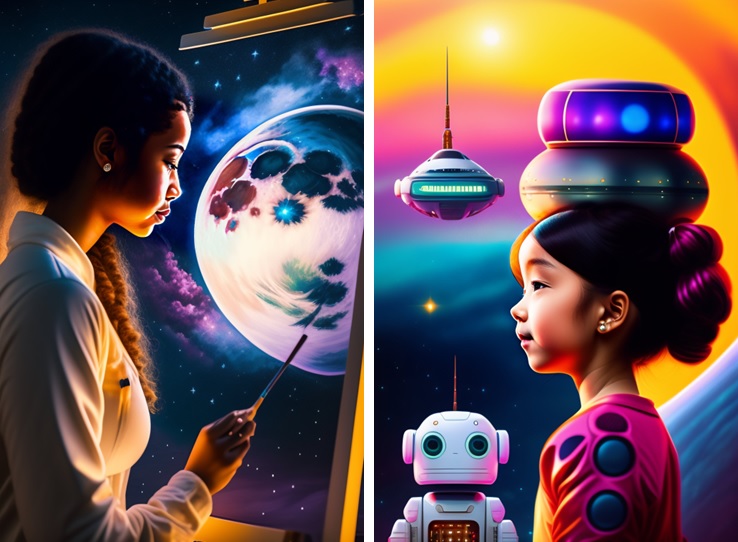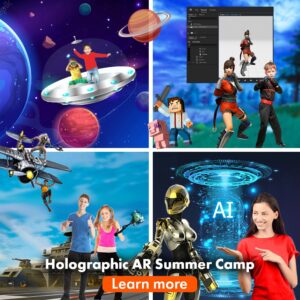
STEAM stands for Science, Technology, Engineering, Arts, and Mathematics. These areas of education are crucial today because they form the foundation of our world and the way we function in it.
The concept of STEAM education was first introduced in the 1990s by Professor Eugene Sepulveda at Rensselaer Polytechnic Institute’s National Science Foundation-funded Center for Integrated Education in Mathematics and Science (CIMS). It is a new approach to teaching that combines science and technology with arts and mathematics, encouraging students to think creatively and work collaboratively to solve problems.
For example, students can learn how to create websites using coding, or use computer software programs like Adobe Illustrator or Photoshop to design their clothing line. This approach fosters creativity and allows students to explore various types of art projects using STEAM materials, such as building bridges out of wood.
It is important for children, teenagers, and high school students to learn STEAM because it gives them an advantage in the workforce, teaches creativity, and can keep them engaged in education. Additionally, STEAM education focuses on the skills needed for success not only in STEM fields, such as engineering and computer science, but also in non-STEM fields, such as art.
However, one of the challenges for students learning STEAM is that it is often taught separately, and students do not see how the subjects are interconnected. This can lead to confusion and a lack of understanding of the practical applications of STEAM. To overcome this challenge, educators need to provide more resources and focus on teaching one subject area at a time to ensure students fully understand each topic.
Integem Holographic AR technology is revolutionizing the way education is delivered to students. Unlike traditional forms of augmented reality, Integem’s technology allows students to be fully immersed in a virtual world, where they can interact with and manipulate virtual objects. This opens up a wide range of educational possibilities, including coding, STEM, AI, robotics, digital arts, 3D and 2D animation, game design, interactive storytelling, empathy, and UI/UX design.
This technology is especially relevant to teaching STEAM (science, technology, engineering, arts, and mathematics) subjects to kids, teens, and high schoolers. By being able to physically interact with and manipulate virtual objects in a fully immersive environment, students are able to gain a deeper understanding of complex concepts and develop valuable problem-solving and critical thinking skills.
In addition, Integem’s technology also allows for a more engaging and enjoyable learning experience, which can help to keep students motivated and engaged in their studies. By using Integem’s Holographic AR technology, educators can bring STEAM education to life in a way that is both interactive and fun, making it easier to teach and learn.
Overall, Integem’s Holographic AR technology is a game-changer for education, providing students with an immersive and interactive learning experience that can help to deepen their understanding of STEAM subjects and develop valuable skills. With the help of Integem, educators can revolutionize the way they teach and make STEAM education more accessible and engaging for all students.
You can check out Integem education STEAM programs, such as AR Coding, AI, STEM, Robotics, 3D, Arts, Game Design, Fashion Design and more at camp.integem.com.




Recent Comments